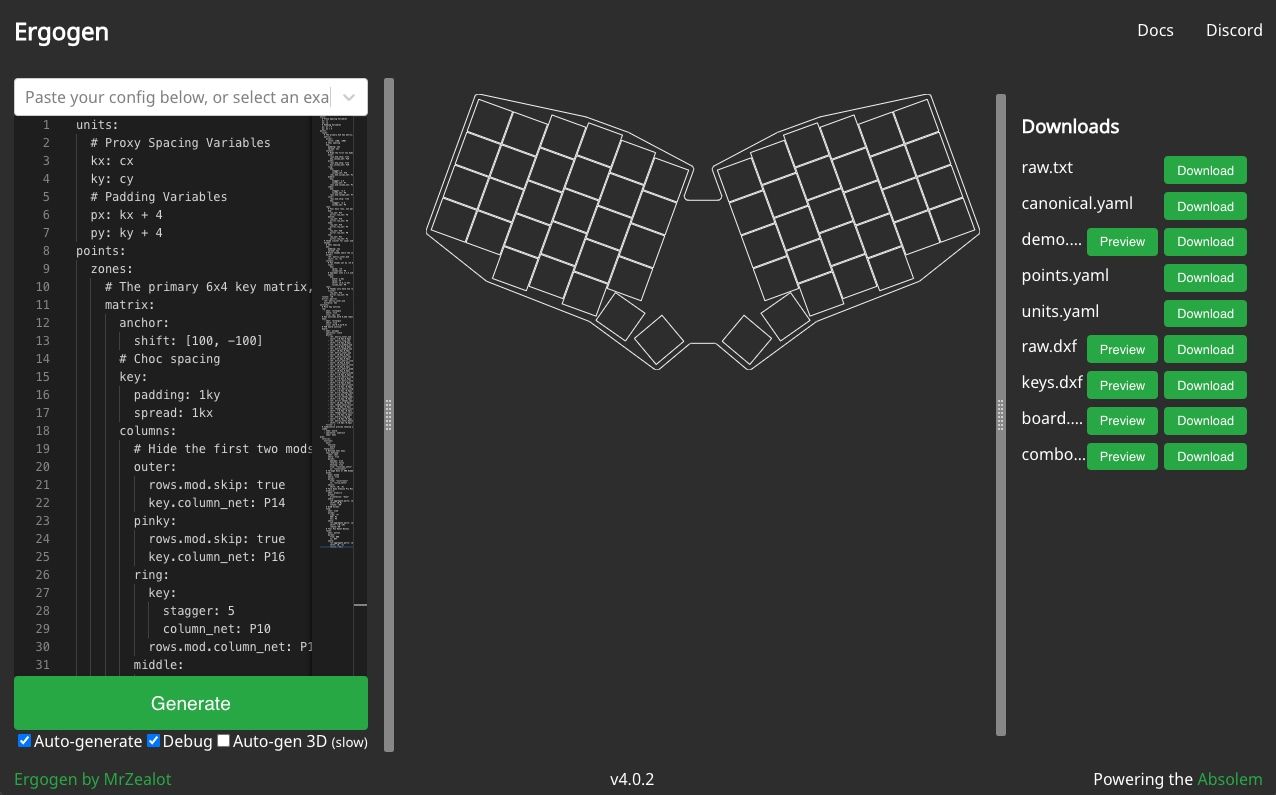

Unfortunately most of the PCB fab companies only print off PCBs in at least batches of 5. I bought enough parts to make two cart readers and split the costs with a friend to help drive the price down into the low hundreds.
I don’t know which number you were looking at when you saw the Sanni was “so expensive”. You can get an assembled Sanni v3 for about $150 online. https://savethehero.builders If you join their Discord, there’s also folks selling Sanni v5 DIY part kits for $110-130 depending on what add-ons you go for. https://store.starshade.dev/product/oscr-hw5-complete-kit-diy It’s still a pretty penny, but significantly less than some of the $250 pre-assembled stores online.









This is pretty typical for universities. They don’t want the airwaves clogged, doubling up NAT can lead to networking wonkiness, and they don’t want you giving university network access to unauthorized folks with an open AP.
When you say VR streaming, you just mean wireless from your PC to the headset, right? There’s a chance you could do that with an offline wireless router if the VR experiences you’re looking to play are single player.